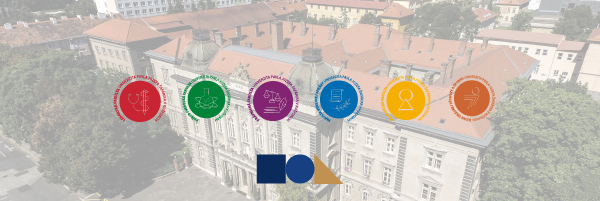Protein Engineering of Staphylokinases as New Promising Thrombolytics | ||
This activity involves the modification and optimization of staphylokinases with the aim of developing more effective thrombolytic agents for medical applications.
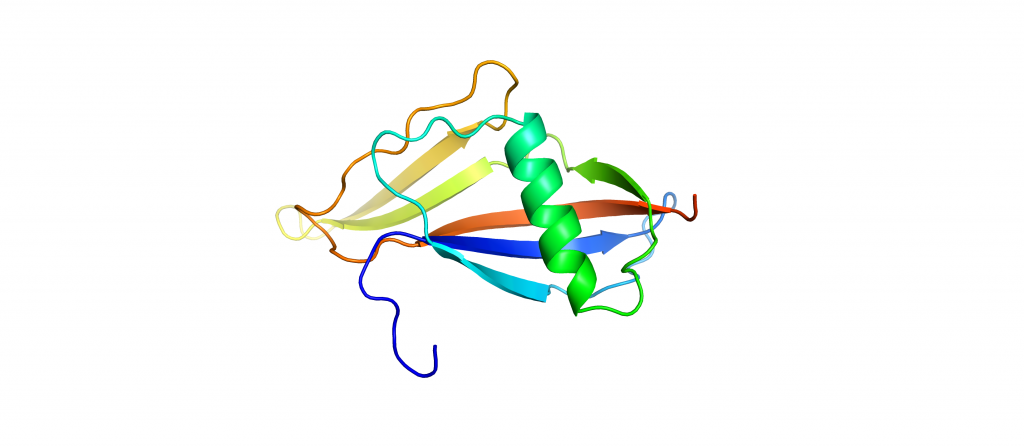
| Protein Engineering of Dehalogenases and Development of a New Generation of Stable Fibroblast Growth Factor 2 | ||
This activity focuses on engineering dehalogenase enzymes and stabilizing fibroblast growth factor 2 (FGF2) to enhance its therapeutic potential.
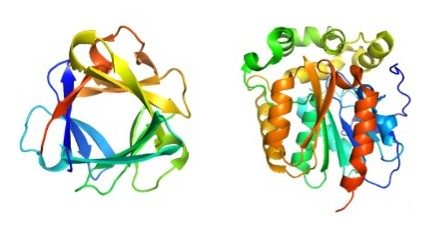
Development of New Genetically Encoded Photosensitizers | ||
This activity aims to create novel genetically encoded photosensitizers for applications in photodynamic therapy and imaging.
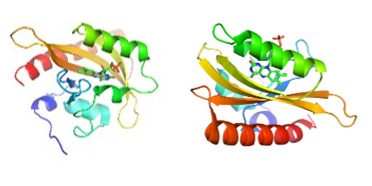
Bioinformatics Approaches to New Photosensitive Molecules | ||
This activity uses bioinformatics to analyze and predict the properties of newly developed photosensitive molecules.
Spider Silk as a Promising Biomaterial | ||
This activity explores the potential of spider silk as a biomaterial for various applications, including tissue engineering and drug delivery.
Molecular Mechanism of Amyloidosis | ||
This activity focuses on studying amyloidosis, a group of disorders characterized by abnormal protein aggregation, to gain insights into disease mechanisms and potential therapeutic interventions.
| Conformational and Colloidal Stability of Immunoglobulins and Pathological Light Chains of IgGs | ||
This activity investigates the stability of immunoglobulins and pathological light chains to better understand their conformational and colloidal properties.
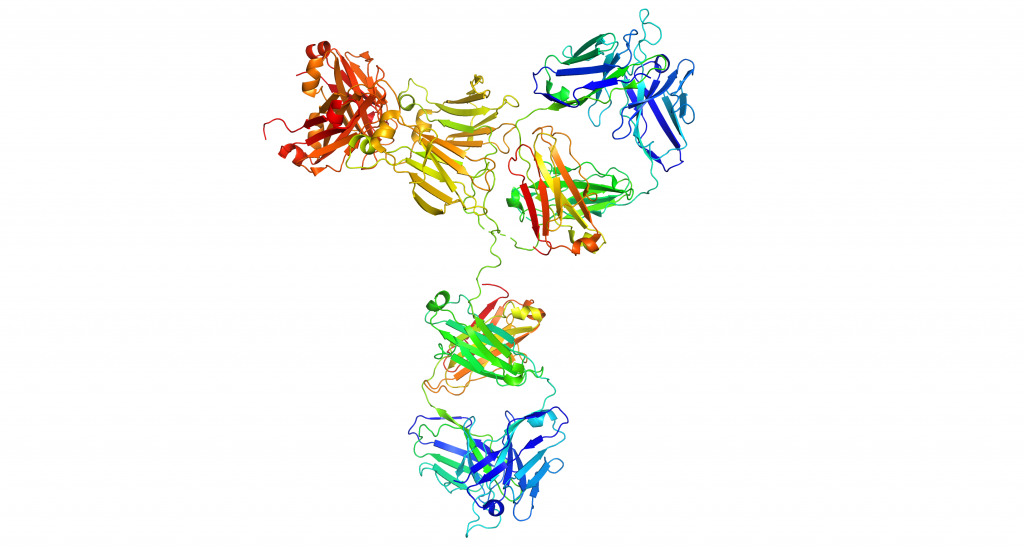
Development of Antibodies Against Difficult Targets | ||
This activity aims to deliver specific molecular binders for research applications, with potential use as diagnostic and/or therapeutic tools in human diseases.
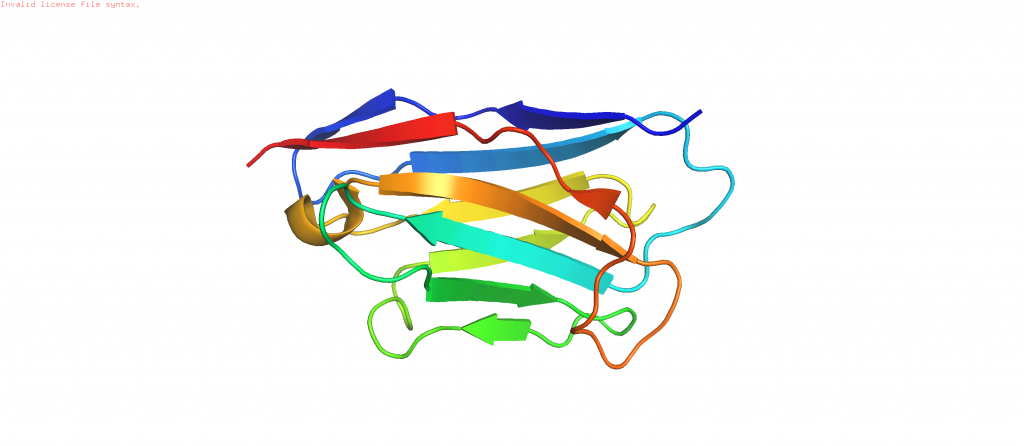
| Production of Proteins in Mammalian Cell Lines | ||
This activity seeks to establish conditions for small- and medium-scale production of proteins developed in previous tasks, as a first step toward their commercial application.
Molecular Structure of Biotechnology Candidates | ||
This activity studies the structure of developed proteins, primarily using X-ray crystallography.



